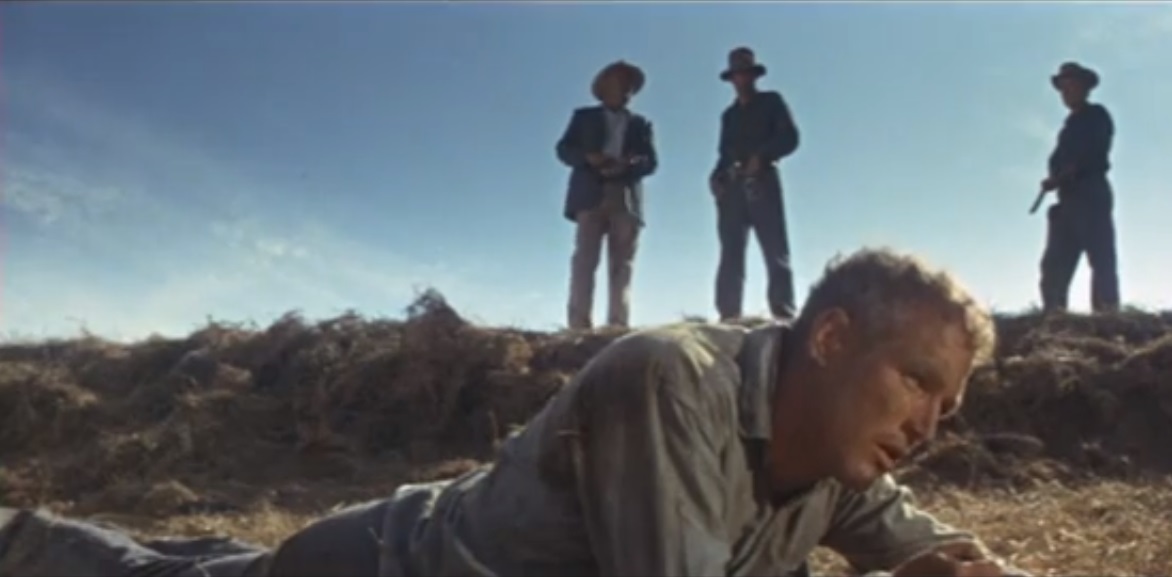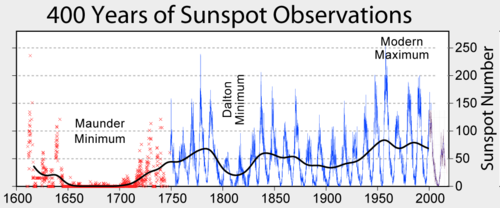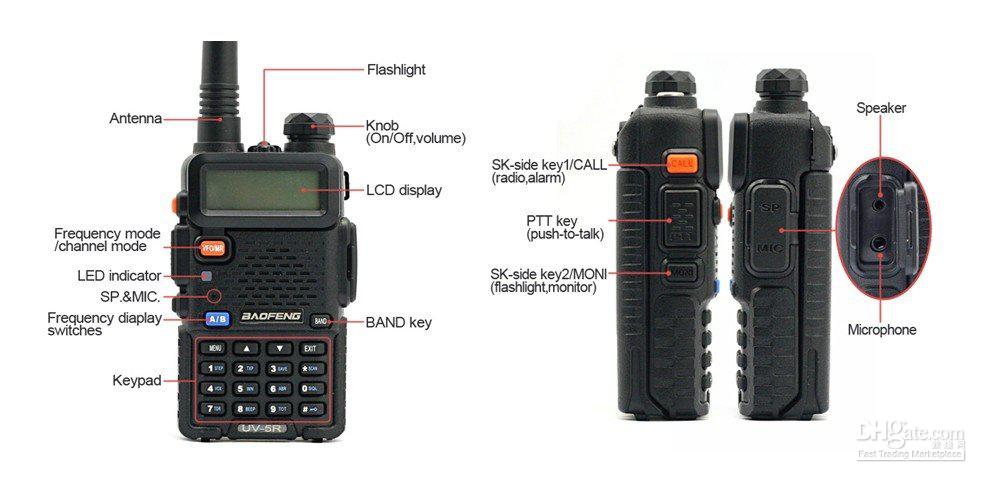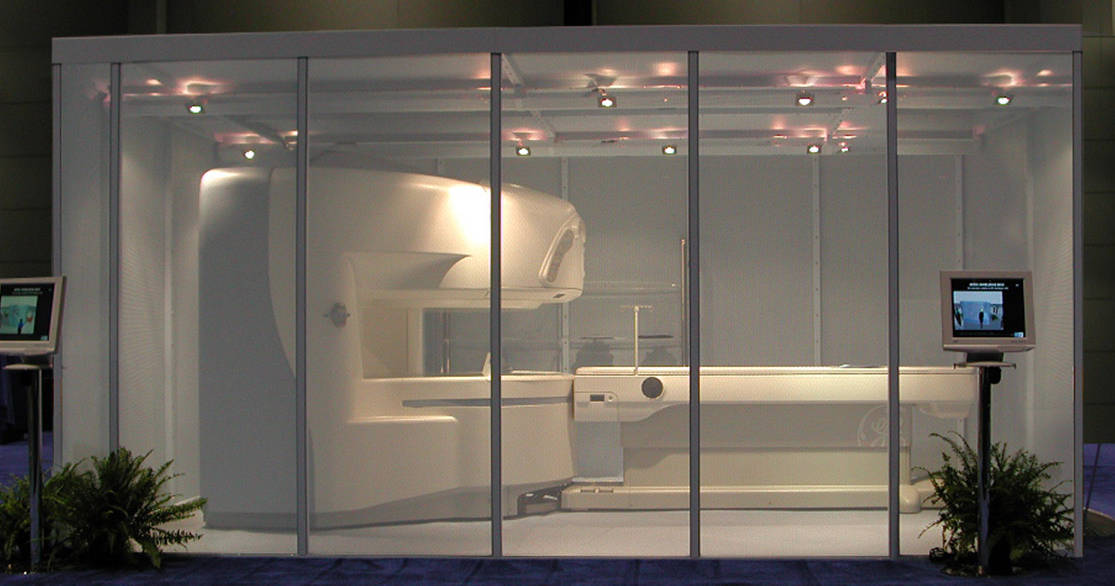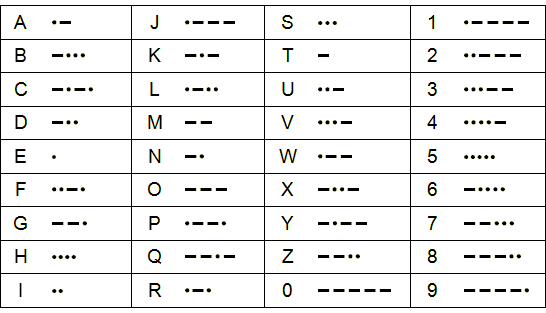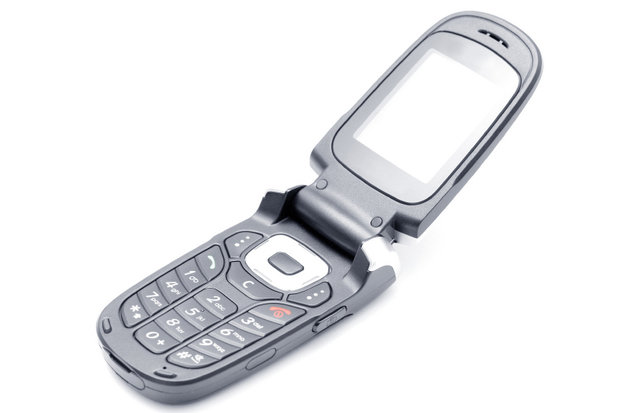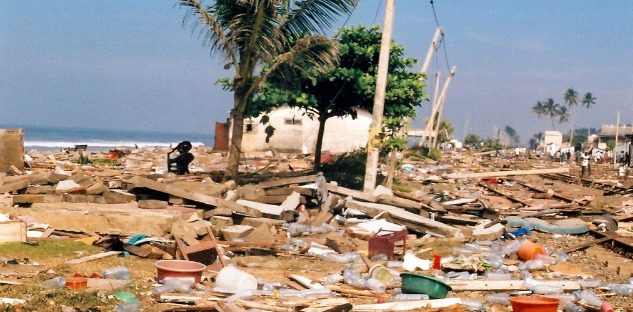Preventing Failure to Communicate- Part 1, by JMD
Communications failure can be prevented, though it may not be in the form we’re expecting. Ever since the earliest cavemen grunted at each other and painted pictures on their cave walls, humans have been communicating in one form or another. Communications are critical to any multi-person activity. Many people consider having radios and other electronic communications devices a core part of living a prepared lifestyle. Virtually every survival- and preparedness-related forum or blog has one or more sections dedicated to this. Things like shortwave radio communications, protecting your radios from EMP, powering your radios in a grid-down scenario, et cetera. …

